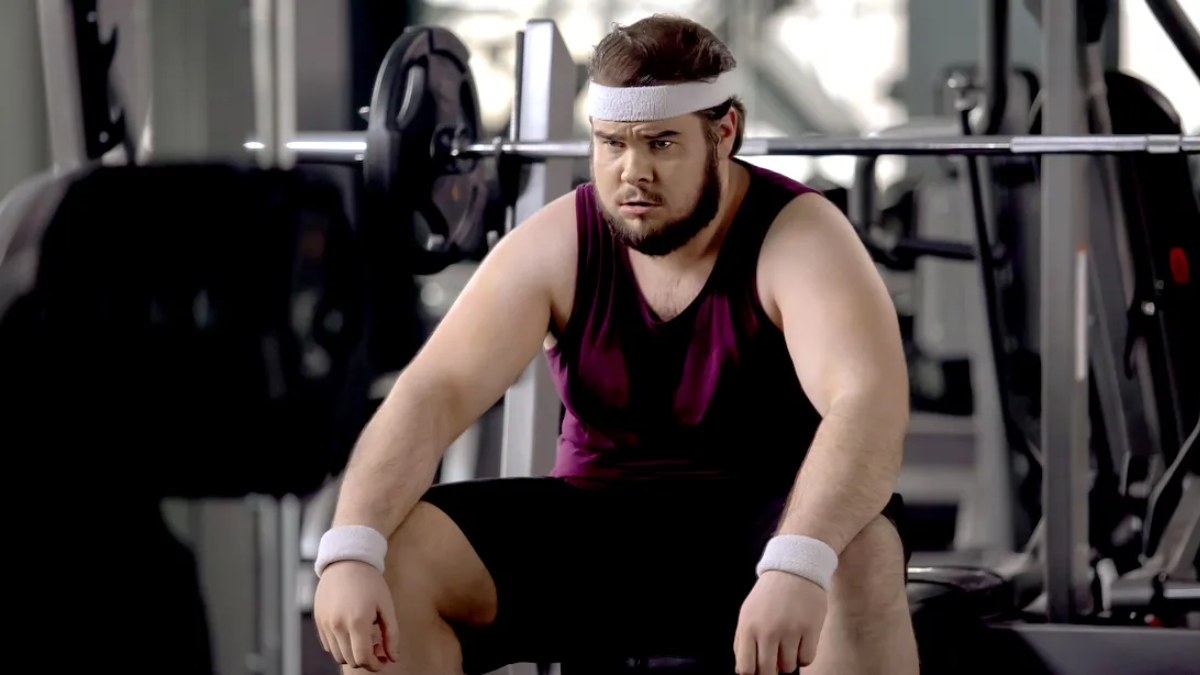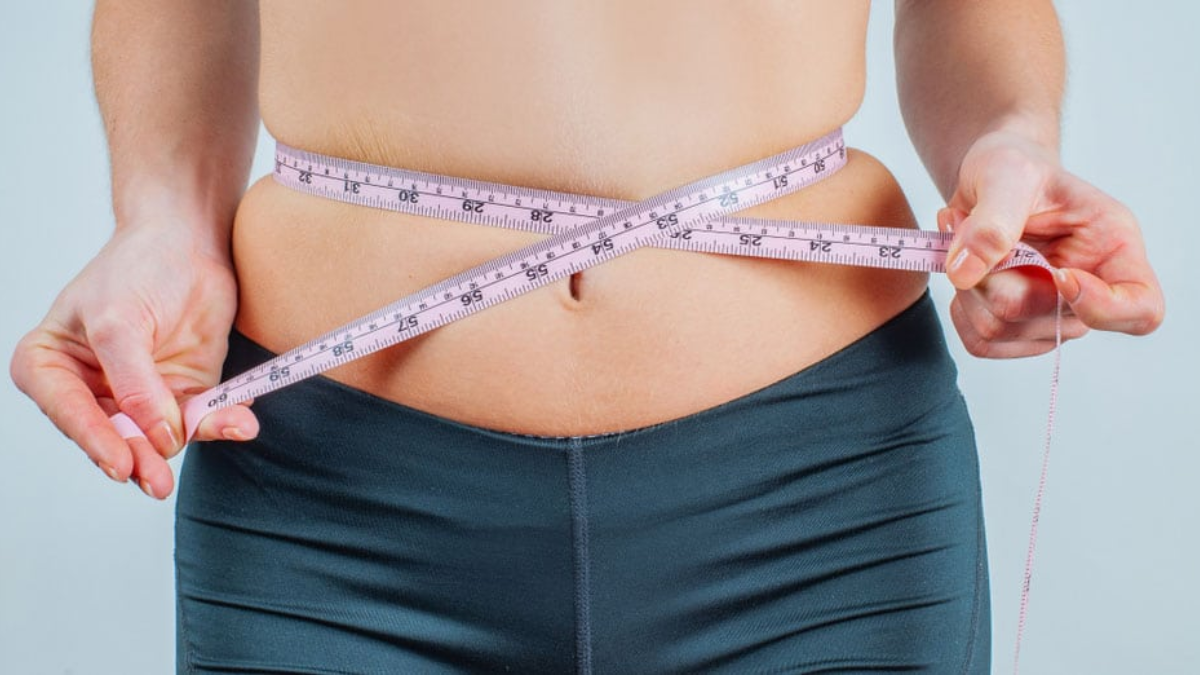
For many people on a weight loss journey, hitting a plateau can be incredibly frustrating. Despite clean eating, working out regularly, and even reducing calorie intake, the scales don’t budge—or worse, clothes start feeling tighter. According to fitness coach Helen Laverick, these signs might not be your imagination. Instead, they may be subtle ways your body is holding on to fat, even when you're doing all the right things.
Table of Content:-
Laverick, who regularly shares health and fitness advice on Instagram, recently broke down three overlooked indicators that your fat-loss efforts might not be working as effectively as you think. Understanding these signs could be the key to getting your progress back on track.
3 Hidden Signs Your Body Is Storing Fat
View this post on Instagram
Persistent Energy Dips and Post-Meal Fatigue
Have you ever finished a seemingly light meal only to feel like taking a nap right after? According to Laverick, this isn't just tiredness—it's a warning sign. “I experienced periods of low energy that didn't align with my activity levels or sleep patterns,” she wrote in a recent post.
Also Read: Fitness Coach Who Shed 25 Kg in 4 Months Shares 5 Foods She Cut Out for Rapid Weight Loss
This phenomenon, known as post-meal lethargy, could be related to your body's insulin response. When your diet includes too many simple carbohydrates and not enough protein or healthy fats, your blood sugar levels can spike and then crash, leaving you drained. This rollercoaster effect doesn't just sabotage your energy; it can also signal that your body is in fat-storage mode, rather than burning it for fuel.
The fix? Laverick suggests reevaluating your meal composition. Incorporating complex carbs, lean proteins, and healthy fats may help stabilise blood sugar and energy levels while promoting fat metabolism.

Expanding Waistline Despite Eating Less
If your waistband feels snug even while you’re cutting calories, it might be more than just water retention. Laverick pointed out her own confusion when she noticed her jeans tightening around the middle, even though she was eating less.
“Even though I was cutting calories, my jeans began to feel tighter around the midsection,” she shared. This paradox could be caused by chronic stress, hormonal imbalance, or inadequate nutrient intake—factors that lead your body to hoard fat, especially around the abdomen.
Also Read: Still Not Losing Fat Despite a Calorie Deficit? Fitness Coach Reveals 5 Surprising Reasons Why
Fat accumulation in the midsection is particularly stubborn and often doesn't respond well to calorie restriction alone. Instead of just slashing calories, focusing on a well-balanced, nutrient-dense diet and managing stress through sleep, mindfulness, or light activity can help combat abdominal fat retention.

Loss of Muscle Definition Despite Regular Training
You’re lifting weights, staying active, and still—your muscles seem to be vanishing under a soft layer. Sound familiar? This could be a subtle indicator that your body is storing fat over muscle.
“Despite regular workouts and lifting heavy, muscles may not seem as defined as they used to be,” said Laverick. This can happen when fat levels remain high or even increase, blurring the appearance of muscle tone.
Muscle definition is not just about how hard you train but also how effectively your body is burning fat. A lack of protein in your diet, poor sleep, or chronic stress can all interfere with muscle recovery and fat loss.

Bottomline
One of the most important takeaways from Helen Laverick’s insight is that weight loss isn’t always reflected on the scale. “Remember, tracking body fat isn't always obvious on the scale. Look at how your clothes fit, your energy levels, and even how defined your muscles appear,” she emphasised.
Rather than obsessing over numbers, tune into your body’s signals. Small but consistent changes in energy, clothing fit, and body composition can provide more accurate feedback than daily weigh-ins. And if fat loss continues to stall despite your efforts, it may be time to consult a fitness or nutrition expert for personalised guidance.
Also watch this video
How we keep this article up to date:
We work with experts and keep a close eye on the latest in health and wellness. Whenever there is a new research or helpful information, we update our articles with accurate and useful advice.
Current Version